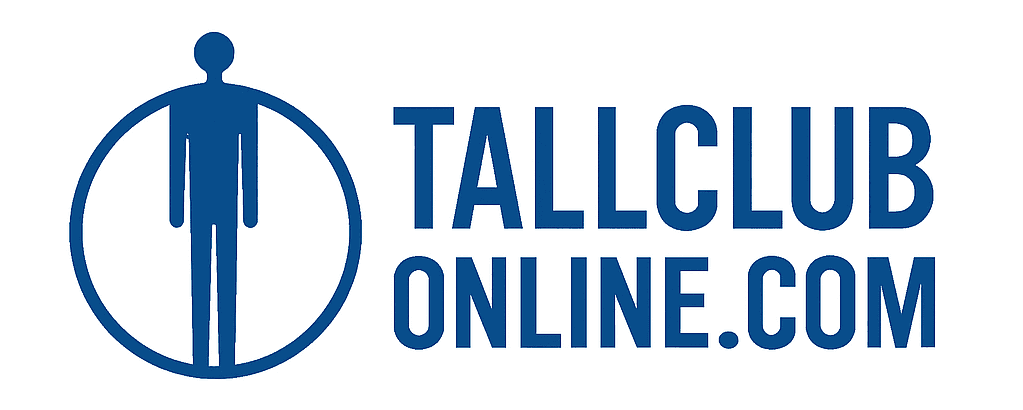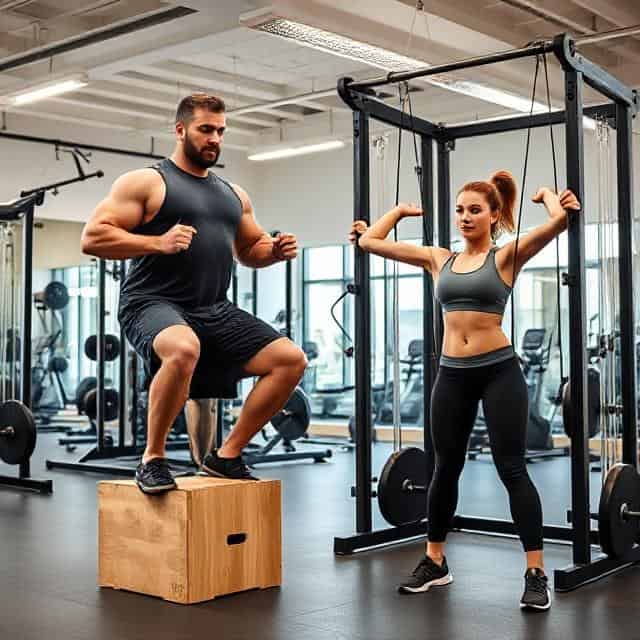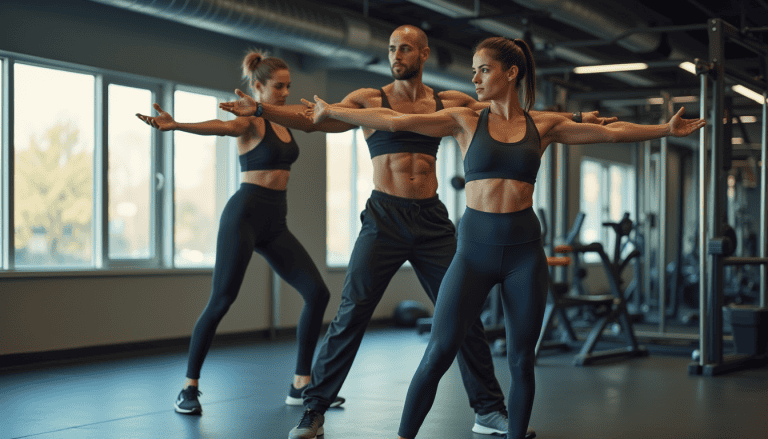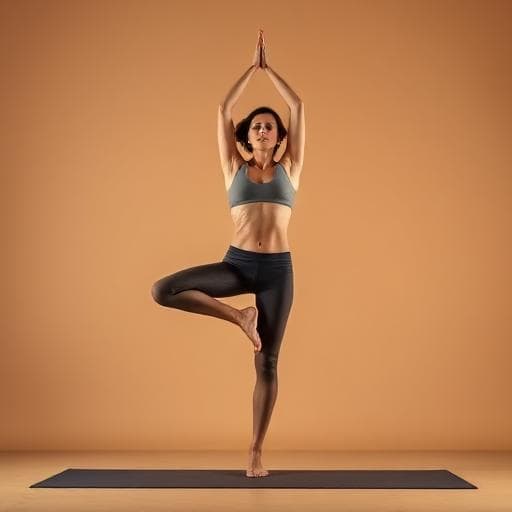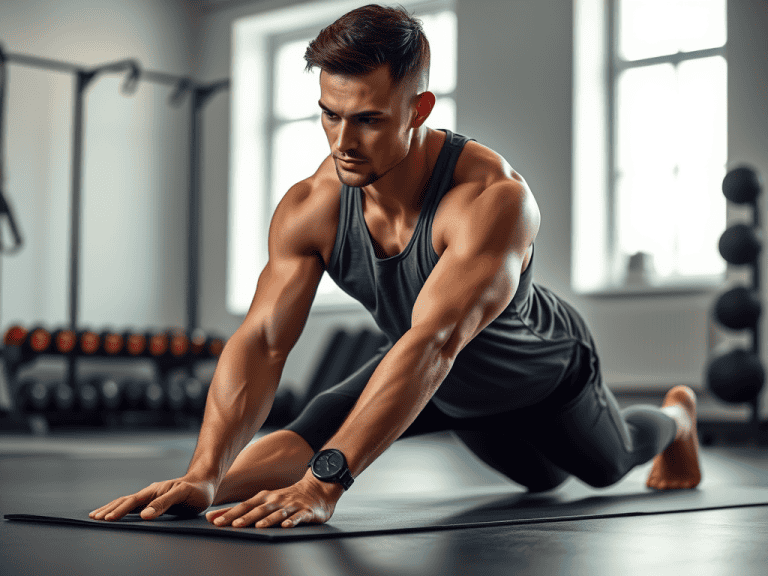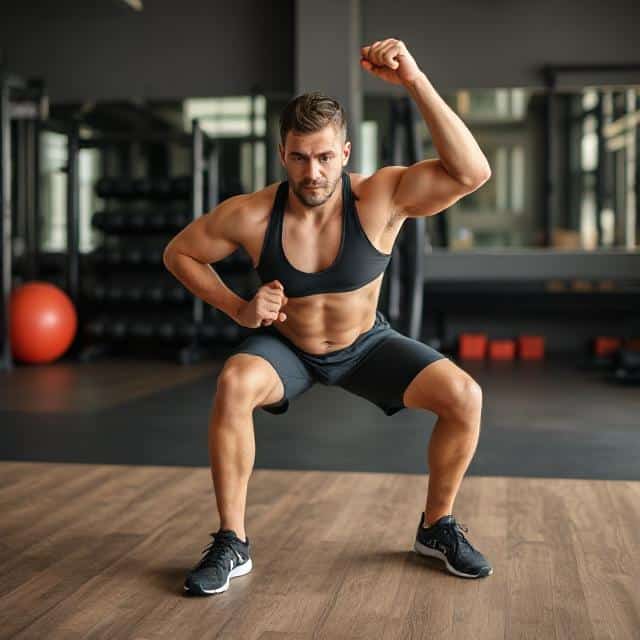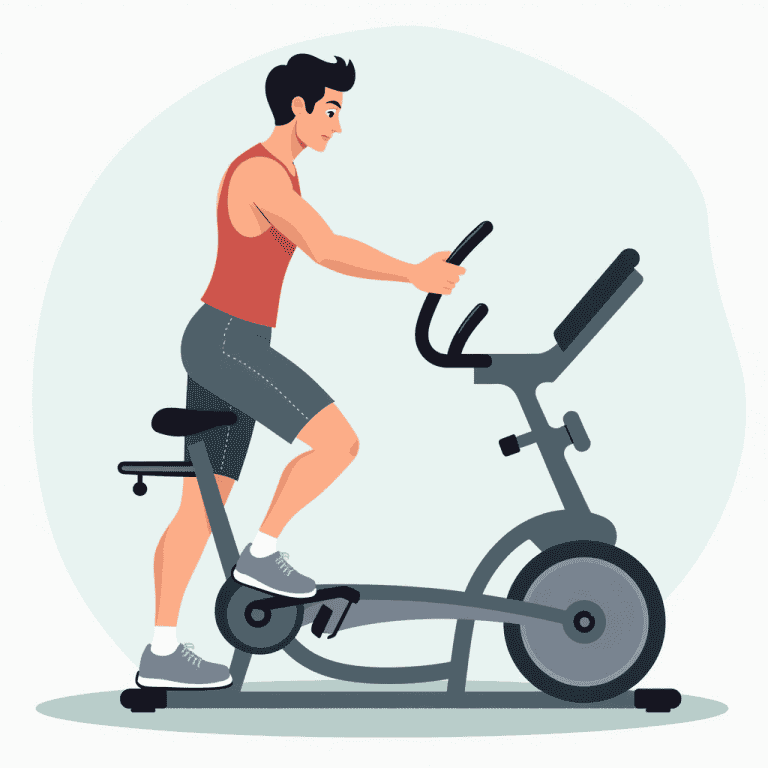Best Exercises for Tall Athletes: Boost Performance and Reduce Strain

Being tall has its advantages in many sports, but it can also come with unique challenges. Tall athletes often experience more strain on their joints, particularly the knees, hips, and lower back. Additionally, the longer limbs can make certain exercises more challenging, requiring adjustments to ensure proper form and reduce the risk of injury. Whether you’re a basketball player, volleyball player, or a runner, optimizing your exercise routine for your height can help boost performance and protect your body from strain.
In this article, we’ll explore the best exercises for tall athletes to improve strength, flexibility, and performance, while reducing the risk of injury and strain.
Why Tall Athletes Need Specialized Exercises
Tall athletes often have an advantage in many sports due to their reach, stride length, and overall stature. However, their longer limbs and larger frames can lead to specific challenges. The added length in the limbs can affect movement efficiency, leading to a higher risk of injury if proper technique is not followed.
Tall athletes are also more prone to joint issues due to the increased load on the knees, hips, and spine. That’s why it’s crucial for them to follow a tailored exercise routine that emphasizes joint health, flexibility, and strength.
1. Strength Training for Tall Athletes
Strength training is essential for all athletes, but tall individuals need to be particularly mindful of their form to prevent unnecessary strain on their joints. Tall athletes often have a longer range of motion during exercises, meaning they need to focus on controlled movements and avoid excessive load on their joints.
Best Strength Exercises for Tall Athletes:
Deadlifts: A fantastic full-body workout that targets the hamstrings, glutes, and lower back. Tall athletes should focus on proper hip hinge mechanics to avoid lower back strain.
Squats: Effective for building leg strength, but tall athletes should ensure their knees track in line with their toes and avoid excessive depth to protect the knees and lower back.
Pull-Ups: Great for building upper body strength, particularly in the back and shoulders. Tall athletes should focus on controlled movements and avoid swinging.
Overhead Press: Targets the shoulders, triceps, and upper chest. Tall individuals should ensure their elbows don’t flare out excessively to maintain shoulder stability.
2. Mobility and Flexibility Exercises
Tall athletes often experience tightness in the hips, hamstrings, and lower back, which can limit movement efficiency and performance. Incorporating mobility exercises into your routine can help increase flexibility, reduce tension, and improve overall movement patterns.
Best Mobility Exercises for Tall Athletes:
Hip Flexor Stretch: Tall athletes tend to have tight hip flexors due to their long legs and extended range of motion during running and jumping. Regularly stretching the hip flexors can improve flexibility and reduce lower back pain.
Hamstring Stretch: A tight hamstring can lead to poor posture and lower back pain. Stretching the hamstrings regularly can help reduce the risk of injury and improve overall mobility.
Torso Twists: A great exercise for improving rotational flexibility in the spine and relieving stiffness that can occur from long, repetitive movements.
3. Core Strength and Stability
A strong core is essential for tall athletes to maintain posture, reduce strain on the spine, and enhance athletic performance. A stable core helps with balance and ensures that energy is properly transferred from the lower body to the upper body during dynamic movements.
Best Core Exercises for Tall Athletes:
Planks: Excellent for strengthening the entire core, including the abdominals, back, and hips. Tall athletes should focus on keeping their body in a straight line and avoiding any sagging in the lower back.
Russian Twists: A dynamic exercise that works the obliques and helps improve rotational strength, essential for sports like basketball and tennis.
Leg Raises: Target the lower abdominals and help develop a strong core to maintain good posture and prevent lower back pain.
4. Cardio for Tall Athletes
Cardiovascular exercise is important for overall fitness and performance. Tall athletes, however, should be mindful of the impact on their joints, particularly the knees and hips. Low-impact cardio exercises can provide the same benefits without causing undue strain on the joints.
Best Cardio Exercises for Tall Athletes:
Swimming: A full-body, low-impact workout that is gentle on the joints while providing an excellent cardiovascular workout. Swimming helps build endurance and strengthens the muscles without putting pressure on the knees or hips.
Cycling: Another low-impact option that strengthens the legs and improves cardiovascular endurance. Tall athletes can adjust their bike to ensure proper form and avoid strain on the knees and hips.
Elliptical Machine: Provides a low-impact alternative to running, helping to improve cardiovascular fitness while reducing the strain on the lower body.
5. Plyometrics and Explosive Movements
Plyometric exercises are designed to improve power and explosiveness, which are key for tall athletes in sports like basketball, volleyball, and track and field. However, tall individuals should focus on proper form and avoid excessive jumping or landing techniques that could strain the knees or lower back.
Best Plyometric Exercises for Tall Athletes:
Box Jumps: Improve explosive leg power and coordination. Tall athletes should focus on soft landings to protect the knees and spine.
Lateral Bounds: Enhance lateral quickness and agility while engaging the hips, glutes, and quads. This movement mimics side-to-side movements commonly seen in basketball or soccer.
Burpees: A full-body exercise that targets both strength and cardiovascular endurance. Focus on landing softly and controlling the movement to prevent joint strain.
Key Takeaways
Strength training should be prioritized to build muscle, improve joint stability, and enhance athletic performance, with attention to proper form.
Mobility exercises are essential to improve flexibility, reduce stiffness, and prevent injuries in tall athletes.
Core stability is vital for maintaining proper posture and reducing strain on the spine, particularly in sports that require explosive movements.
Low-impact cardio exercises like swimming and cycling help improve cardiovascular fitness without putting excess strain on the joints.
Plyometric exercises can boost power and explosiveness, but tall athletes should ensure proper technique to avoid injury.
FAQ: Exercises for Tall Athletes
Q1: Are deadlifts safe for tall athletes?
Yes, deadlifts can be effective for tall athletes, but it’s important to focus on proper form. Tall individuals may need to adjust their stance and range of motion to avoid lower back strain.
Q2: What is the best cardio exercise for tall athletes?
Swimming and cycling are both excellent low-impact cardio options for tall athletes. These exercises help build cardiovascular endurance without putting excessive pressure on the joints.
Q3: How can I improve flexibility as a tall athlete?
Incorporate regular stretching and mobility exercises, such as hip flexor stretches, hamstring stretches, and torso twists, into your routine to improve flexibility and reduce the risk of injury.
Q4: Should I focus on strength training or cardio as a tall athlete?
Both strength training and cardio are important for tall athletes. Strength training builds muscle and joint stability, while cardio improves cardiovascular health and endurance. A balanced routine that includes both is ideal.
